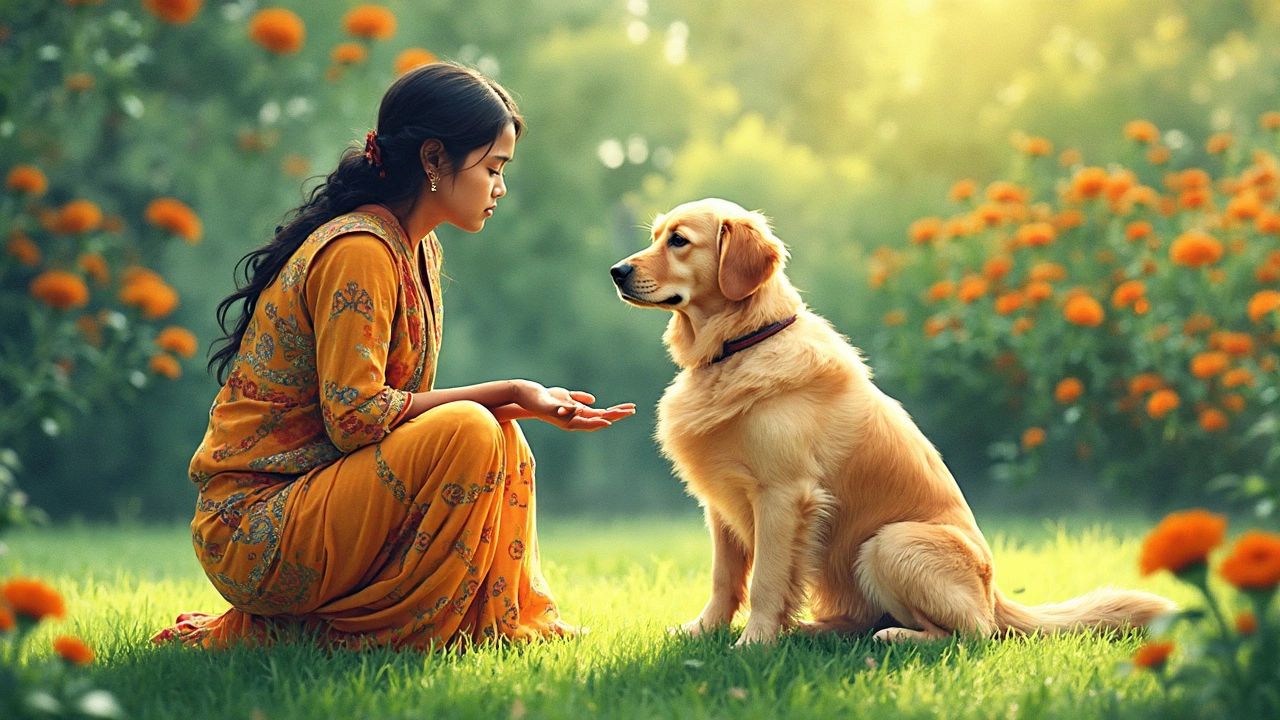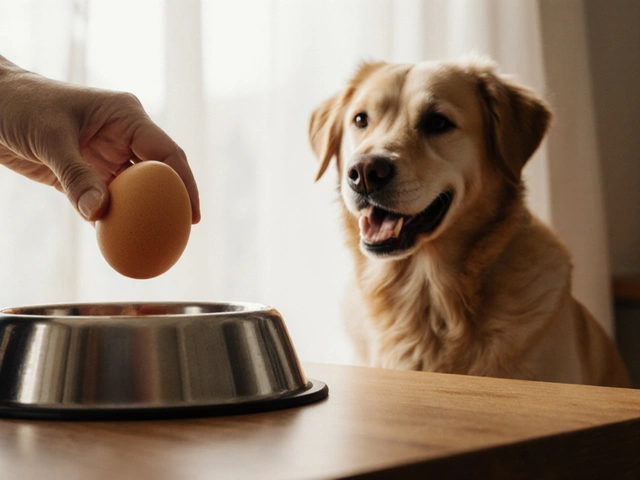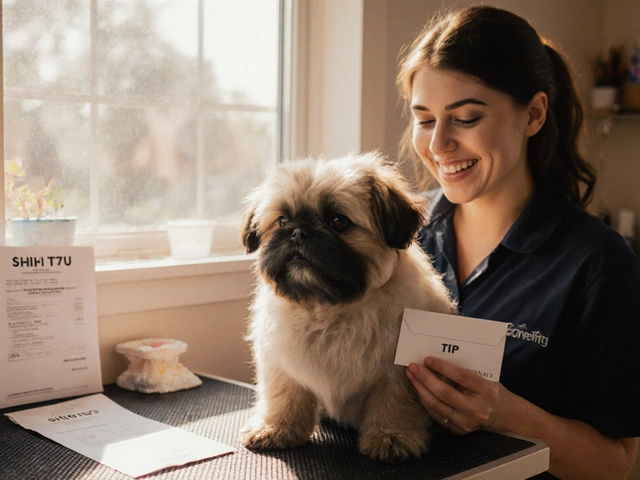Train Your Dog – Real‑World Tips You Can Use Today
Training a dog doesn’t have to feel like climbing a mountain. With a few clear routines and a little patience, you can teach your pup good habits that last a lifetime. Below are the basics that work for most dogs, no matter their age or breed.
Basic Commands Every Dog Should Know
Start with the three core commands: sit, stay, and come. They’re the building blocks for everything else. Hold a treat close to your dog’s nose, move it upward, and say “sit.” When the butt drops, reward immediately. Repeat for a few minutes a day until the word and the action click together.
For “stay,” ask for a sit first, then show an open palm and say “stay.” Take a step back, then return and reward if they held the position. Increase distance gradually – a few steps, then a room, then the yard. Consistency beats length; short, daily sessions keep the learning fresh.
“Come” is a life‑saver. Use a happy tone and a cue word like “here” or “come.” When your dog runs to you, pour on praise and a treat. If they’re distracted, try a long leash to guide them gently. Practicing on a fenced area builds confidence without the risk of a runaway.
Common Training Hurdles and How to Beat Them
Housebreaking is the biggest early challenge. Set a schedule: take the pup outside after meals, naps, and playtime. Keep a notebook of times and success rates. Celebrate every win with a treat and a quick “good job.” If accidents happen, clean the spot without fragrance – it prevents the dog from being attracted back.
Pulling on the leash often means the dog is excited or doesn’t understand you’re walking together. Stop walking the moment the leash tightens, wait for slack, then resume. The dog learns that pulling stops the fun, while relaxed walking keeps the adventure going.
Jumping up is another classic. Turn away the moment paws hit your legs, ignore the dog, and only give attention when four paws stay on the ground. Over time, the pup learns that calm behavior earns affection.
Remember, every dog is different. Some respond better to food rewards, others to praise or a favorite toy. Experiment early to find what motivates your furry friend the most.
Keep training sessions short – five to ten minutes max – and end on a positive note. A happy dog is more likely to repeat good behavior. If you miss a day, don’t stress; restart tomorrow with the same clear cues.
Finally, use real‑life moments as practice. Ask for “sit” before meals, “stay” at the door, and “come” during a walk. Embedding commands in daily life makes training feel natural instead of a separate chore.
Training your dog is a two‑way street. You teach, they respond, and both of you grow stronger together. Start small, stay consistent, and enjoy watching your pup become the well‑behaved companion you’ve imagined.

How to Train Your Dog Yourself: A Simple Guide
Training your dog on your own can be a rewarding journey, allowing you to bond with your furry friend while instilling good behavior. Start with the basics such as sit, stay, and come, and gradually move to more complex commands. Consistency, patience, and plenty of rewards are key to successful training. Learn the tools of positive reinforcement and discover fun tricks to add to your pup's repertoire. With the right approach, you'll help your dog become a well-mannered and happy member of the family.
read more



